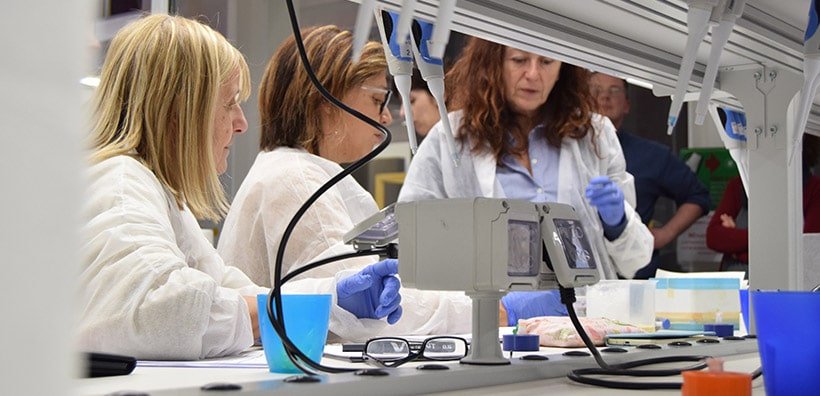Methodology – Design for Europe
The methodology used during the Summer School is based on design thinking as a mindset and work attitude for creative problem solving. For discovering how to use this powerful tool we will applied the Design thinking to a very concrete challenge: “ Open your school to Europe”.
It will leave participants with concrete ideas and tool for becoming more European and with the knowledge of a new tool , useful both in education and advanced training.
The design process has helped me see that I have a responsibility to be a change agent for teaching and learning. I don’t need to have all the answers (or be perfect), but I need to be willing to try new things, dare to dream big, and be patient as I experiment with the designs that emerge in the process. Design Thinking has given me the tools and empowerment to create meaningful educational change. (Meg Krause, 5th Grade teacher)
Key elements of DT approach:
It’s Human-Centered. Design Thinking begins from deep empathy and understanding of needs and motivations of people—in this case, the students, teachers, parents, staff and administrators who make up your everyday world.
It’s Collaborative. Several great minds are always stronger when solving a challenge than just one. Design Thinking benefits greatly from the views of multiple perspectives, and others’ creativity bolstering your own.
It’s Optimistic. Design Thinking is the fundamental belief that we all can create change—no matter how big a problem, how little time or how small a budget. No matter what constraints exist around you, designing can be an enjoyable process.
It’s Experimental. Design Thinking gives you permission to fail and to learn from your mistakes, because you come up with new ideas, get feedback on them, then iterate. Given the range of needs your students have, your work will never be finished or “solved.” It is always in progress. Yet there is an underlying expectation that educators must strive for perfection, that they may not make mistakes, that they should always be flawless role models. This kind of expectation makes it hard to take risks. It limits the possibilities to create more radical change.
But educators need to experiment, too, and Design Thinking is all about learning by doing.
In short, Design Thinking is the confidence that new, better things are possible and that you can make them happen. And that kind of optimism is well-needed in education and will allow teachers and school staff in sharing concrete ideas and projects to bring Erasmus opportunities to their students.






